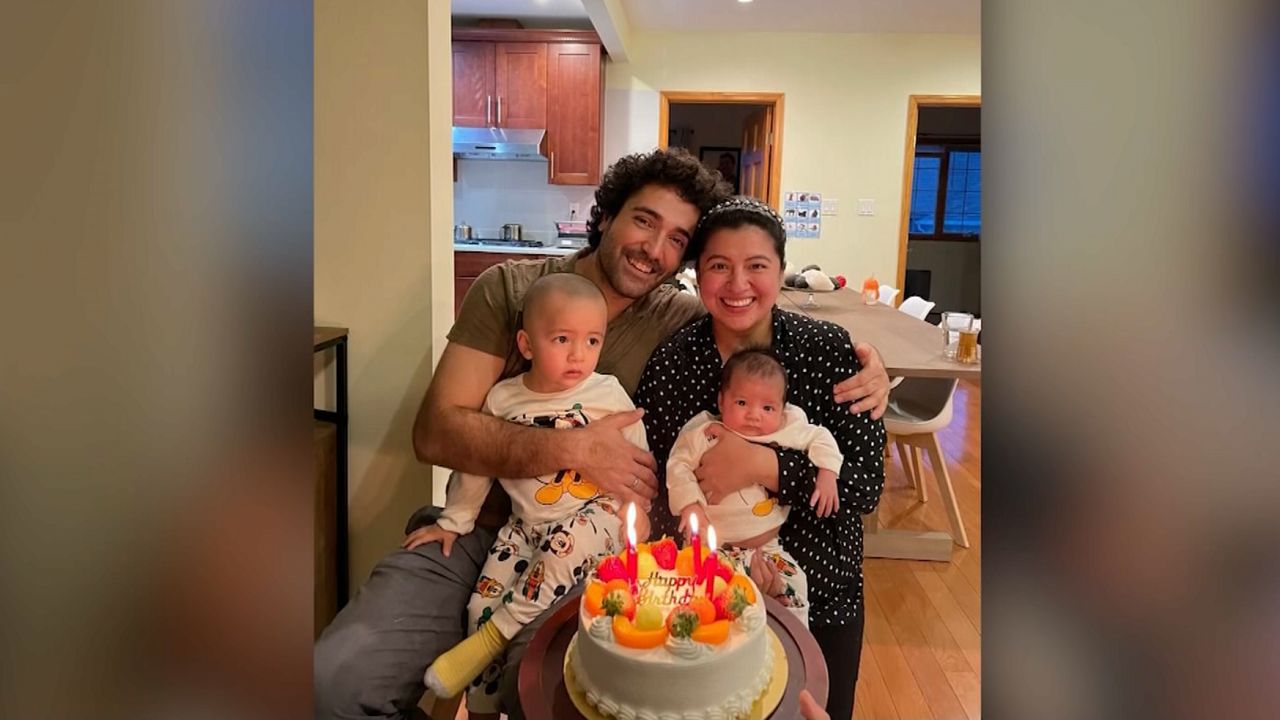At first glance, a passerby may wonder why a garden with different plants, flowers and berries is on the street in an industrial Brooklyn neighborhood. But the rain garden is a critical piece of green infrastructure.
Welcome to the 6th Street Green Corridor in Gowanus, Brooklyn, just blocks from the Gowanus Canal. The rain gardens aren’t just beautifying the neighborhood, but they’re like sponges soaking up water when it rains.
“What we are standing next to today is green infrastructure, which is a really important part of reducing flooding in the neighborhood as well as soaking up storm water so that it doesn’t pollute the canal,” said Andrea Parker, executive director of the Gowanus Canal Conservancy, a member of The Rain Garden Action in Neighborhoods, or RAIN Coalition.
It’s made up of groups like the Conservancy and the Bronx River Alliance, Guardians of Flushing Bay, HOPE Program and Newtown Creek Alliance. The conservancy built the 6th Street rain gardens in partnership with the city’s Department of Environmental Protection, DEP.
“Over the last few years we have built 12,000 green infrastructure projects all across the city,” said Alicia West, DEP director of public design and outreach.
The rain gardens need to be maintained so they work properly, and that’s where the community is a huge help.
“That removal of trash, that removal of litter, aerating that soil, you know that just more we get to absorb that’s just not running down that grey ground into our sewer system,” said Nicole Henderson-Roy, director of stewardship for the city’s parks department.
The gardens on 6th Street can soak up about 2,500 gallons of water during a storm. They also help cool temperatures in neighborhoods, spruce up the street and provide a place for bees and birds to hang out too, as well as provide opportunities for jobs in construction and maintenance of the green infrastructure.
“As we look towards a changing climate where we are going to see more precipitation and increased heat, we need spongy, green infrastructure like this, to help make the city livable, comfortable, and really support the larger community,” Parker said.




